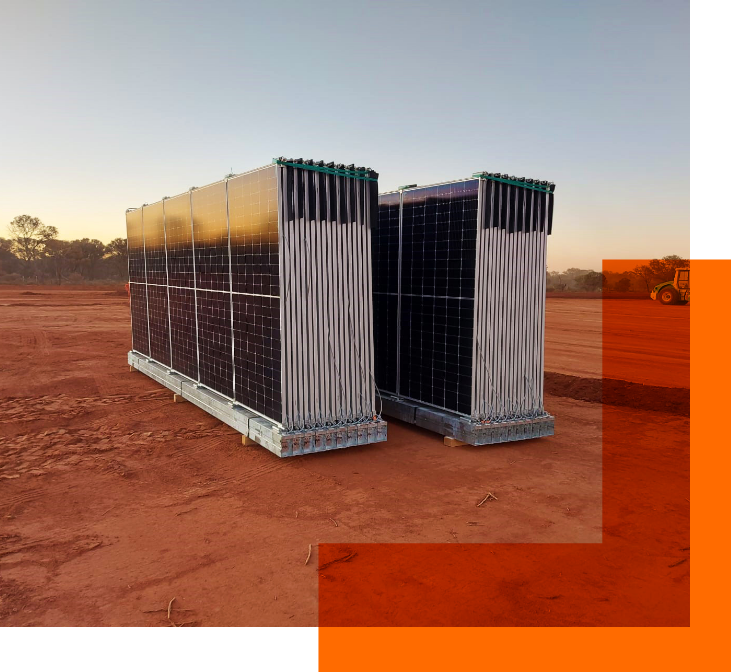
As the world continues to grapple with the impacts of climate change, it has become increasingly clear that a low-carbon future is not just desirable, but necessary.
The burning of fossil fuels such as coal, oil, and gas has led to a buildup of greenhouse gases in our atmosphere, which is causing temperatures to rise, sea levels to rise, and extreme weather events to become more frequent.
A low-carbon future is one in which we significantly reduce our greenhouse gas emissions, transition to renewable energy sources, and adopt more sustainable practices in all aspects of our lives. This will require concerted efforts from individuals, businesses, and governments around the world.
The benefits of a low-carbon future are numerous. Not only will we be able to mitigate the impacts of climate change, but we will also create a more sustainable and resilient world.

Climate Change and Transport
Carbon dioxide and other greenhouse gas emissions produced by the combustion of fossil fuels are recognised as substantial contributors to global warming. Meeting the Paris Agreement target of limiting warming to 1.5°C above pre-industrial levels will require a shift to renewable energy, especially electricity generated through solar, wind and other clean sources to reduce global greenhouse gas emissions dramatically.
Transportation emissions are a key contributor to climate change. The International Energy Agency (IEA) ‘Tracking Transport 2021’ publication forecasts that the road subsector accounts for approximately 75 percent[1] of today’s transport demand and emissions. The decarbonisation of the transportation industry, including the electrification of road vehicles, will produce a cleaner and healthier future for all.
Electric Vehicle Opportunity
Batteries for electric vehicles (EVs) are the primary driver of lithium demand. The EV market is increasing rapidly with China and Europe having the highest demand. The IEA Global EV Outlook 2022 publication, outlines the global demand for batteries doubled in 2021, driven by sales of electric vehicles in China[2].
Consumer demand for EVs is being fueled in large part by their ability to lower carbon dioxide emissions and other pollutants when compared to traditional internal combustion engine vehicles. If all current EV related policies, measures, ambitions and targets are met around the world, the IEA predicts that battery demand for EVs will increase sixfold between 2021 and 2030.[3]
EVs are expected to comprise 50 percent of new vehicle sales by 2030. This will require a fivefold increase in battery quality lithium supply.
To power this increase in electric vehicle demand, the manufacture of lithium-ion batteries is required. Through our flagship Kathleen Valley Lithium Project, expected to begin production in 2024, and our Buldania Project, we are well-positioned to contribute to the supply of lithium required for these batteries.
Lithium
Lithium is a key material in the batteries required for a low-carbon future as it is the most critical metal for EVs because there is no large-scale commercially available alternative. Lithium is one of the three most important metals necessary for the creation of lithium-ion batteries, along with cobalt and nickel. Australia produces more than half of the world’s lithium.
Although lithium does not occur naturally as a pure metal, it is found in igneous rocks (pegmatites) and mineral springs (through salt lakes).
Lithium Hard Rock
Lithium hard rock (spodumene), the lithium that we will mine, is largely mined in Australia. The most lithium rich minerals are spodumene, petalite, lepidolite, and amblygonite. Spodumene is the most common mineral that is economically viable to process. On the mine site, spodumene is concentrated and subsequently processed to create lithium hydroxide monohydrate (LHM). LHM must be further refined for usage in battery production.
Lithium Brine Deposits
Continental lithium brine reserves are concentrated in the lithium triangle of South America—Chile, Argentina, and Bolivia. At brine operations, lithium-rich saline brines are pumped to the surface and evaporated to concentrate them. This material is then transferred for additional processing to create lithium carbonate or lithium chloride.
Lithium production from clays and hydrothermal brine is currently under investigation but commercial production is yet to be achieved. Liontown’s lithium is not sourced from lithium brine deposits.
[1] https://www.iea.org/reports/tracking-transport-2021
[2] International Energy Agency (IEA), 2022. Global EV Outlook 2022: Securing supplies for an electric future. p.136
[3] International Energy Agency (IEA), 2022. Global EV Outlook 2022: Securing supplies for an electric future. p.173






